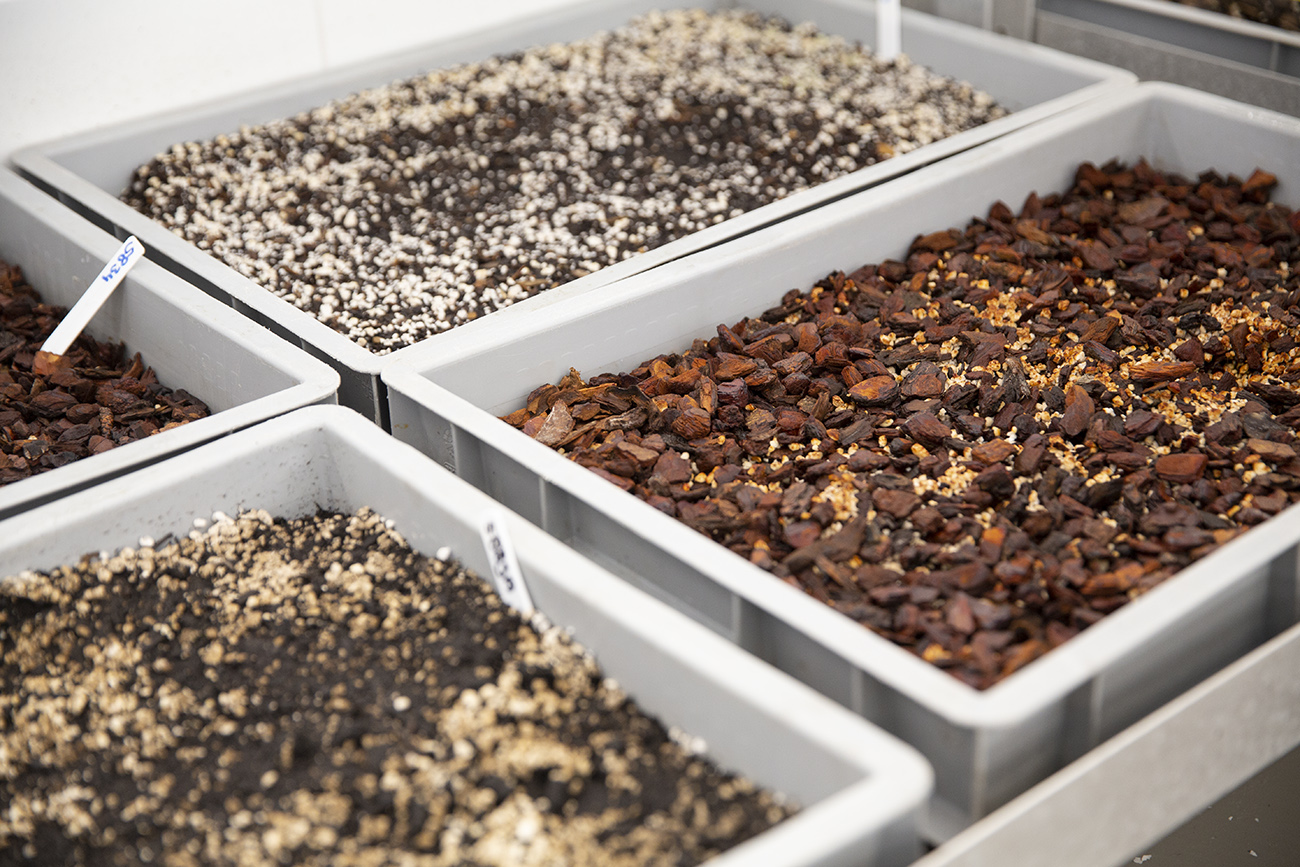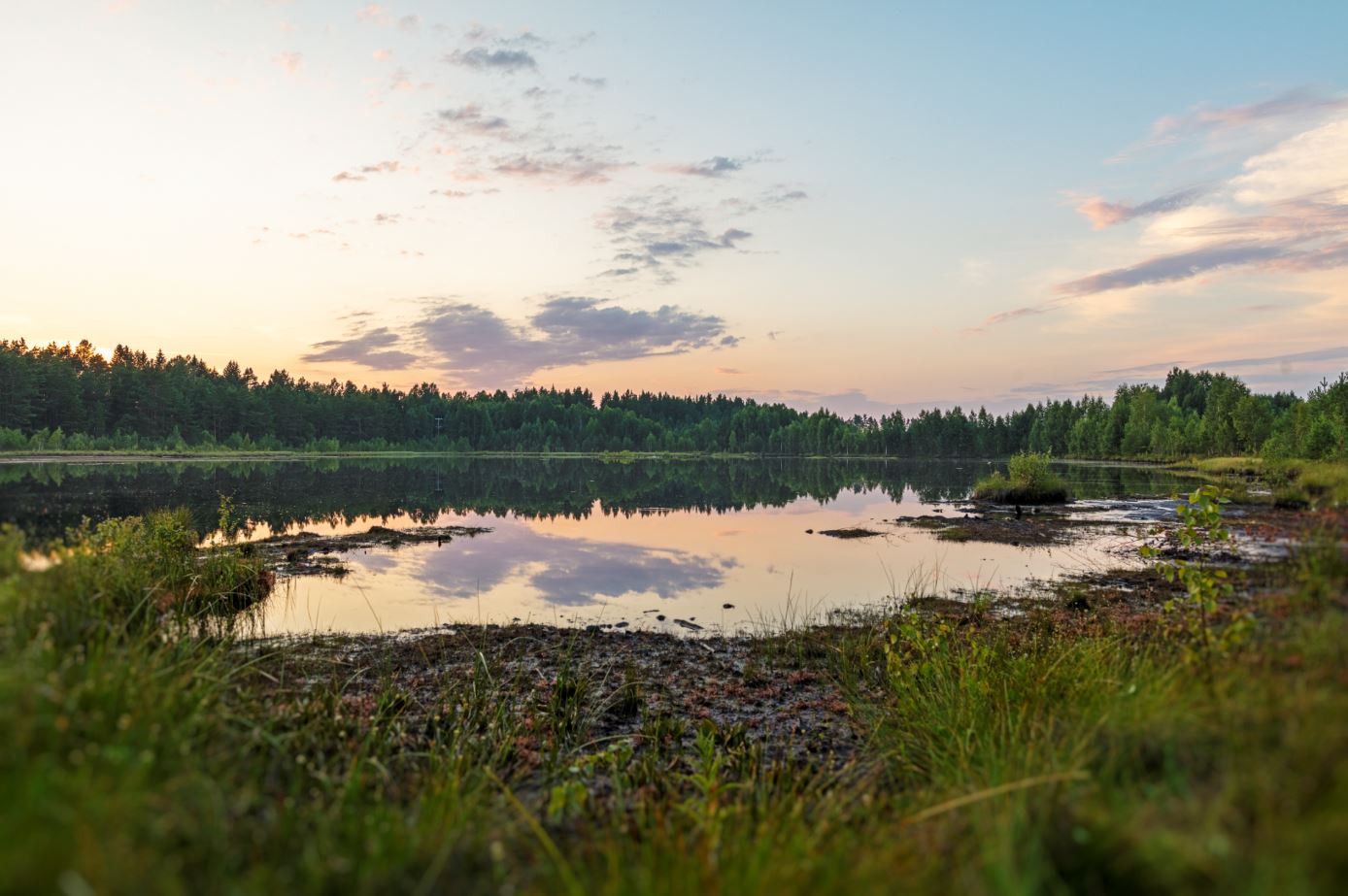What exactly are “sustainable growing media”?
When thinking about sustainability you can not only look at one property, like carbon emissions. You should take the whole impact of the product into account, and investigate all aspects that influence environmental and social impact. That also has to do with the transportation and processing implications, and the effectiveness of the product. At the core of all this is that a sustainable growing medium supports crops to grow in the most efficient way while offering some flexibility to steer and intervene in case of unexpected events. That’s crucial to be able to prevent plant loss or failed yields.
When a growing media mixture is not an effective feature of cultivation it results in higher water and nutrient needs, less efficient use of space and time, and lower or less successful yields and plants.
Perfectly matching growing methods to the growing medium in use is crucial to achieving the best results, but that takes time. This match eventually makes a growing medium efficient and effective to use.
Why is peat often the main component of growing media?
Well, for starters it offers great properties that support healthy growth and allows growers to steer their cultivation when needed. At the moment there is no other material available that has all the same good properties that peat offers and is available in the required quantities to support the horticultural industry. There’s a very high demand for these materials. On one hand due to the growing demand for growing media (an estimated increase of 300% by 2050), on the other hand, due to the growing demand for organic raw materials from other industries. That will likely result in an ongoing rise in the prices of these raw materials.

Some good properties that influence the performance of your crops:
- Entirely free of weeds and pathogens
- Buffer capacity for pH and nutrients
- Excellent water retention, without loss of air capacity
Complimentary raw materials and sustainability
Although peat remains to be the best fit for use in horticulture based on these properties, it doesn’t mean that Kekkilä-BVB, and the entire horticultural industry are not researching many other raw materials as well.
A raw material that offers all of the benefits peat offers is yet to be found, but there are multiple materials that can add to high-quality growing media. By adding materials like sphagnum moss, wood fiber, coir, or bark to a growing medium, we are able to tailor growing media to the exact needs of crops and the specific growing methods used.

All of these complementary raw materials have their own properties and their own impact on the environment and on the processes at growers. For example, coir has to be chemically treated before use in growing media to prevent the release of salts, and adding wood fiber can increase the nitrogen requirement of the mixture.
What implications does this have on cultivation methods?
Switching to a mixture with a lower peat ratio affects the way a mixture acts during cultivation, and in later stages of the value chain. Each of the now known alternative resources has a significantly smaller buffer for moisture, pH, and nutrients. A lower moisture buffer means that the crop has to be watered more often. This influences the development, but also the cultivation systems, especially in the summer. Even in the trading phase, a plant will have to be watered more often to get through this properly.
The fact that the buffer for pH is smaller, affects the absorption of certain nutrients, which are more difficult to absorb at a higher or lower pH. The nutrients are also more difficult to be retained by the growing media. In addition to watering more often, more nutrition must also be given.
The greater the share of renewable raw materials, the greater the change. Adjustments are best made in small steps.
Need help switching to new growing media?
Switching to growing media with a lower peat ratio can be challenging. Contact our Sales Advisors to learn more about the implications for your company and get help moving forward!

Would you like to learn more about the sustainability implications of harvesting peat, and how Kekkilä-BVB does this in a responsible way?
Watch our animation video about responsibly produced peat or have a look at the following articles on our company website:
